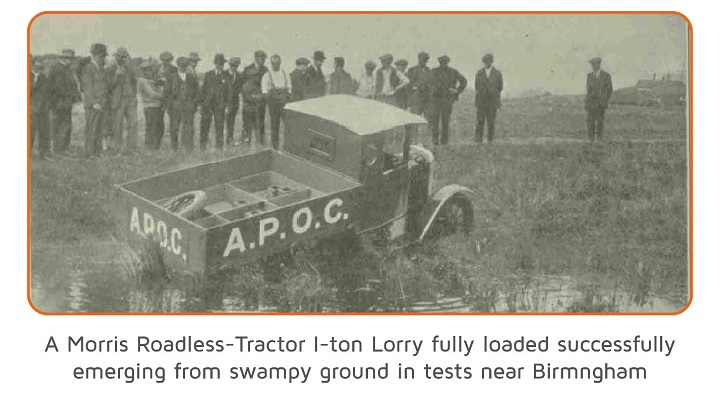Mrs. Talbot Clifton, who has kindly contributed the following article, recording her impressions of a visit made last spring to the Company’s oil-filed in Persia, is a traveler of experience, and is the daughter of the British Minister to Peru, Ecuador and Bolivia. She is the author the book Pilgrims to the Isles of Penance. Her husband, John Talbot Clifton, F.R.G.S, F.Z.S, with whom she visited Persia, is a noted explorer and naturalist, his exploits including the discovery of a new route between Ujiji and Victoria Nyanza; and pioneer explorations on Siberia and the far North of Hudson Bay, where in the latter region he discovered a new species of wild sheep, which the British Museum has named after him. After visiting the oil-rich regions of Iran, she wrote an article that was published in the Naft Magazine, and here is a part of her report on the visit to Abadan, Khorramshahr and the facilities at Maidane-I-Naftun:
You have asked for my impressions of the oil-fields, and I cannot but answer in the words of the Queen of Sheba: “Behold the half was not told me”, and like that Queen, from sheer admiration, I have “no more spirit” in me.
I like pluck, energy, enterprise, and the pioneer’s spirit, and I have found their monument in the oil-fields of Persia; so for the sake of those who have not had the privilege of seeing what I have seen, I will tell my tale…
Motoring over the desert some 20 miles to Mohammerah which is situated among date groves on the banks of the Karun River, where well-designed bungalows and offices have been erected by the Anglo-Persian Oil Co., we were hospitably received and entrained by Mr. Jacks, one of the general managers of the Company. Company did I call it? It is more like a nation than a Company, which statement I shall prove as I continue my narration.
(Naft Magazine (APOC), October 1925)
Novel Tractors for Persia
Transportation of material is one of the chief difficulties met with on an oil-field in undeveloped countries, and although this Company has effectively solved this problem in Persia by the construction of good roads and the railway linking fields with D.I.K, there has remained the difficulty of getting equipment into new areas, and the question of efficiently serving the pipe-line during bad weather when the desert, over which great lengths of it are laid, becomes a sea of mud.
The success of the motor with Roadless-Tractor drive, most notably in crossing the Sahara, suggested to the Company’s engineers a method of meeting the difficulties experienced, more especially along the pipeline in the winter and early spring; and a request was received by Purchasing and Stores Department for some light lorries of this type. At this time there was no British-made vehicle of the kind required, and while the pioneer French car of the roadless-tractor type was available, it was questioned whether this world exactly met the need for a light but powerful lorry capable of carrying loads through muddy and flooded areas.
(Naft Magazine (APOC), October 1925)



We Answer Your Questions